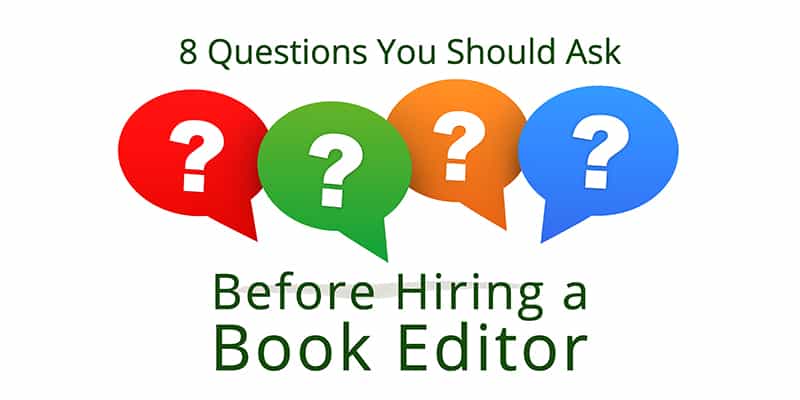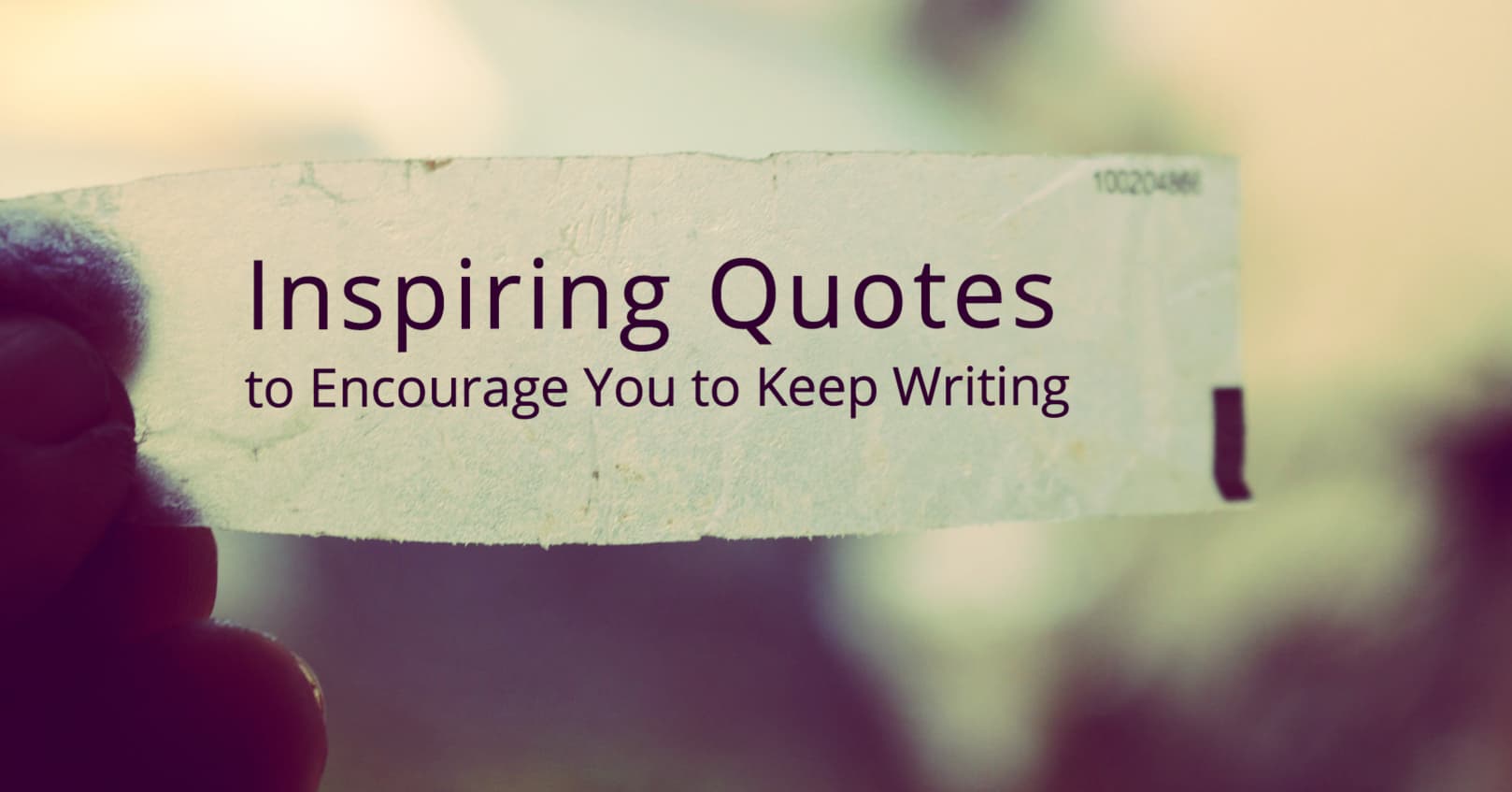
There are so many social media platforms out there, it can be overwhelming to choose which to use to build your author platform. We recommend choosing 2 to 4 platforms to really excel at, rather than stretching yourself too thin and trying to do to many.
Here is a quick overview of 6 popular social media platforms, what kind of content is posted on each, and what target audience you can expect.
Facebook is still one of the bigger promotion platforms for authors.
Content: Text, links, images, video
Users: 2.74 billion monthly active users, and 1.82 billion daily active users
Audience: males and females, but more males than females; more are 25–34 years old (followed by 18–24 years old and 35–44 years old)
Pros: targeted ads where you can choose the audience (location, gender, age, job title, interests, hobbies, behavior, and connections); the ability to interact with your readers in a variety of ways
Cons: targeted ads can be very expensive; Facebook’s algorithm limits how many people see your posts (more engagement means more people will see your posts)
While the number of Facebook’s younger users is shrinking, the sheer number of users means they still do have a lot of younger users. Some may claim that Facebook is for dinosaurs, but here are some hard numbers to put it in perspective: about 79.46 million monthly users are 13–17 years old, 495.49 million are 18–24, 69.87 million are 65. These numbers beat out all the other social media platforms on this list except the 13–17-year range, which is trumped by Tiktok’s numbers (but keep in mind that for many 13–17, their parents are buying their books).
We still believe that Facebook is a necessary component to every author promotion strategy.
Read more about promoting your book on Facebook here.
Content: images, including images with only text, video
Users: 1 billion monthly active users, and 500 million daily active users
Audience: males and females, but slightly more females than males; more are 25–34 years old (followed closely by 18–24 years old)
Pros: targeted ads (same demographic settings as Facebook ads); post engagement is much higher than X and Facebook
Cons: you have to create a lot of images, which takes more time than text-only posts
Instagram is growing steadily and is a great platform to promote your books on if you’re up to creating a lot of images (even if those images are just text on a background).
Here are numbers for the same sort of age comparison we made for Facebook: 75 million monthly users are 13–17 years old, 299 million are 18–24, 23 million are 65+. Clearly, if your audience is older, 65+, you may not want to focus on Instagram. In fact, the percentage of users drops off sharply at 35 years and older. So Instagram is a great platform if your audience is 18–34 years old.
Read more about promoting your book on Instagram here.
TikTok
Content: very short videos
Users: 1 billion monthly active users
Audience: males and females, but more females than males; more are 10–19 years old, followed by 20–29 years old
Pros: Can be a more fun format, there are a lot more younger users on this platform, there are a few hashtags dedicated to books (booktok and authortok)
Cons: It can be difficult to promote your books and brand in an interesting short video format; TikTok has a somewhat incomprehensible algorithm to remove videos and penalize users; video creation can be a steep learning curve for some
And here are the numbers that show TikTok’s slant toward the younger generation: 250 million monthly users are 10–19 years old, 224 million are 20–29, 40 million are 60+. If you write for middle grade or young adult, and you like creating videos, TikTok could be a good platform for you to directly reach your readers.
Content: images and videos
Users: 450 million monthly active users
Audience: more women than men (60% versus 40%), in the US more are 50–64 years old (with 30–49 years old being a close second, followed by 18–29 years old)
Pros: you can collaborate with other authors on community boards; you can organize images onto boards that can be viewed perpetually, unlike on the other platforms where content is quickly buried; when people click on your pins, it brings them back to your website
Cons: the focus is on re-pinning rather than commenting or interacting (like Instagram), so you don’t interact with your readers as much as you would on other platforms; you have to create a lot of images and choose good keywords for them which can be daunting if you don’t like making images
Here are the same number comparisons that we’ve done previously: there is no data for number of users in the 13–17 age range, 144 million monthly users are 18–29 years old (this is a larger age range than the other platforms show, but there is no other data available), and 81 million are 65+. Pinterest has an older user base than Instagram does, so the age range of your target audience may help you determine whether to promote on Pinterest.
Read more about promoting your book on Pinterest here.
X
Content: short text, images, short videos
Users: 353 million monthly active users, and 206 million daily active users
Audience: twice as many males as females; more are 25–34 years old (with 35–44 years old a very distant second)
Pros: targeted ads (demographics, geographics, interests, and keywords) where you only pay when you’ve achieved your marketing objective; it uses a short format that can quickly catch attention
Cons: You are limited in number of characters you can post (but this can be good once you get the hang of it); it has a lower engagement rate per post than Facebook; you have to post often because posts get buried quickly
X has fewer users that the other social media platforms on this list, and some think the platform may be dying. However, X recently announced several new features that may revive the platform. If your target audience is male, X may be a good platform for you to promote on.
Here are the same number comparisons that we’ve done previously: 23 million monthly users are 13–17 years old, 60.36 million are 18–24 years old, and 28.24 million are 65+.
Read more about promoting your book on X here.
We’re including LinkedIn just to mention it; we don’t find that the LinkedIn is a good way to interact with readers. Instead of posting to LinkedIn, we recommend that you fill out your LinkedIn profile; a complete profile looks professional and will appear in Internet searches (Facebook content is not indexed by Google, but LinkedIn is), and you can use your LinkedIn account to reach out to editors and reviewers. Then only worry about updating it about once a year.
Read more about filling out your LinkedIn profile as an author here.
You’ll want to choose the social media platforms that best reach your target audience and that you enjoy. If you hate making videos, you won’t do well on Tiktok! If creating images aren’t your thing, then maybe stick to Facebook and X. Writing is, of course, your main focus, so you want to choose a few platforms that won’t leaved you too drained to write.
What social media platforms do you use to promote your books? Let us know in the comments below!
















Comments